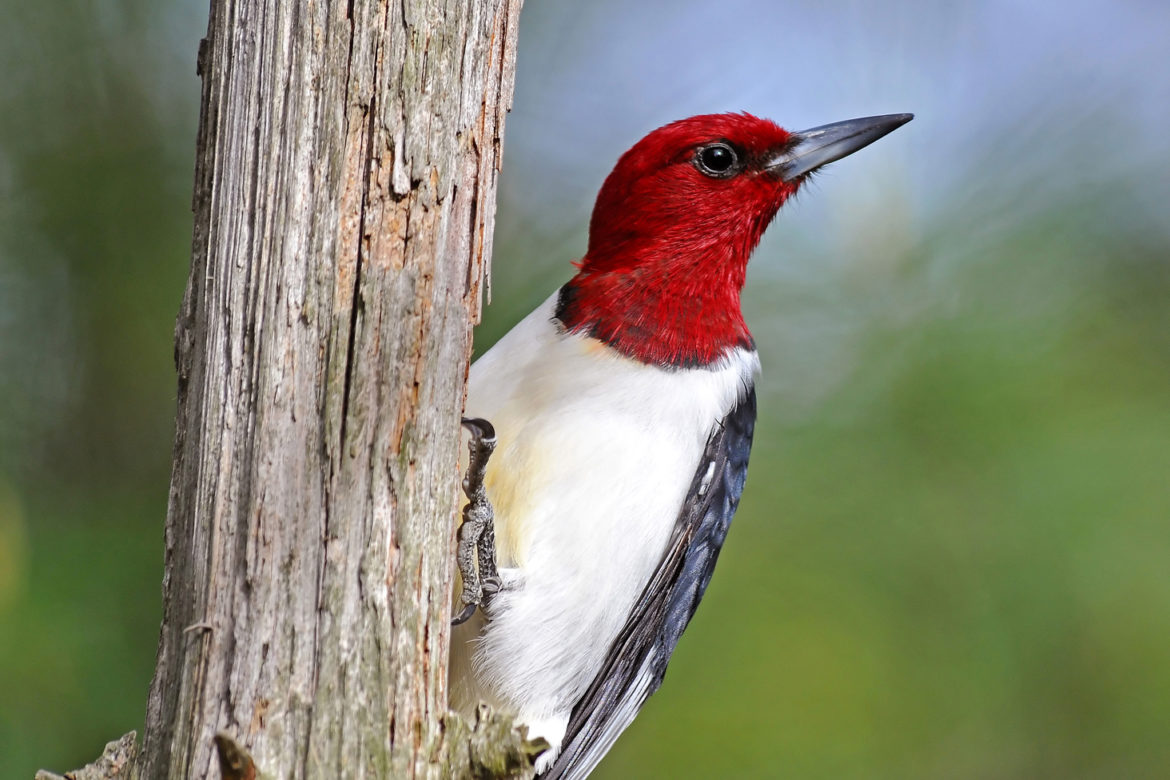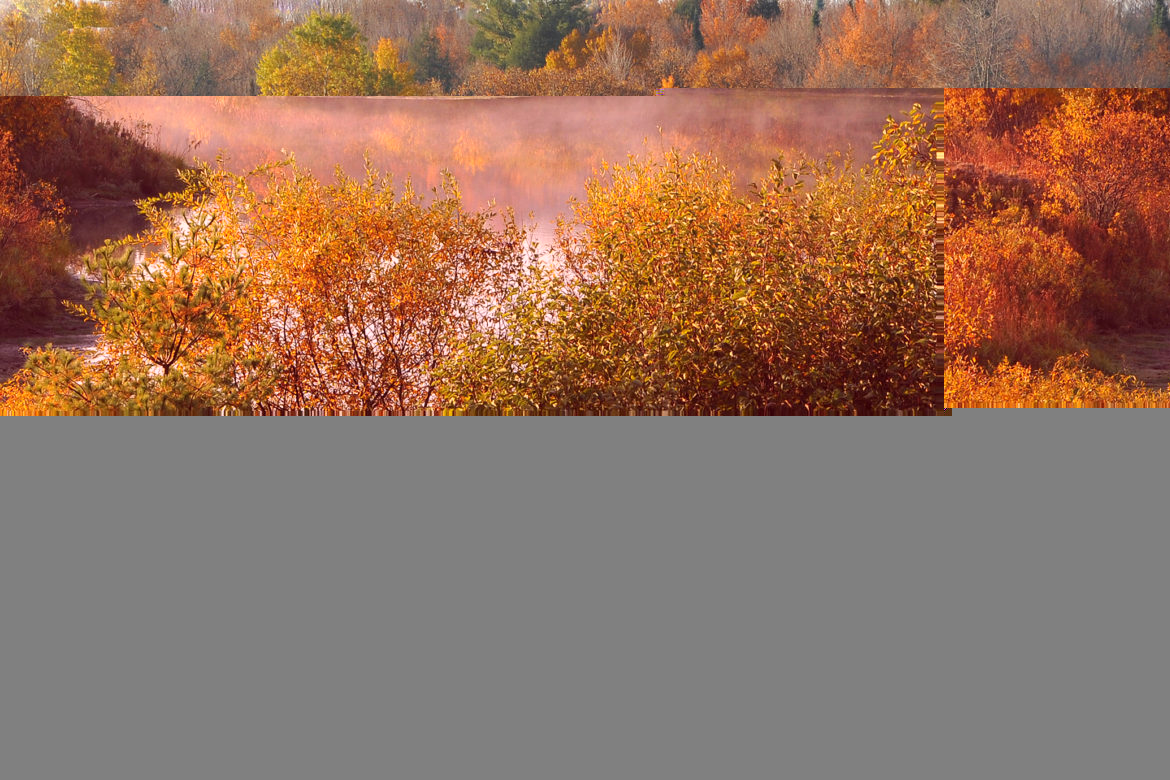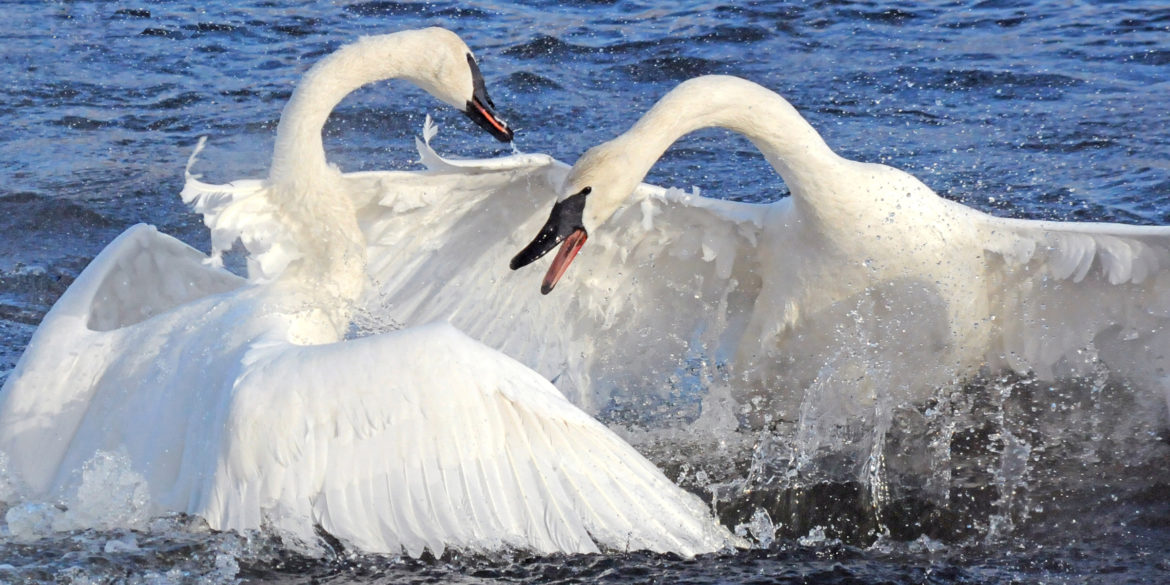
By: Brian Wolf
Brian Wolf has been enjoying and photographing nature for many years. To share his digital photos he established a website www.wolfsvisionphotography.com. He also posts photos regularly on Facebook at Wolf’s Vision Nature Photography. Along with his beautiful and captivating photos, he shares the following:
If you are looking to improve your photos, the first step is to stop using your camera on Auto. You need to read your camera’s manual page-by-page, function-by-function. Teaching beginning photographers, they tell me they have never read the manual, and as a result, they have no idea what their camera can do. When I get a new camera, I sit at the kitchen table taking pictures around the room so I can see how each function affects a photo or the camera operation. You don’t need a fancy DSLR camera to have access to a variety of camera functions. Many point-and-shoot digital cameras have the same functions as the “fancy” cameras. My wife’s pocket camera has the same camera functions that my DSLR camera has, except the ability to switch lenses. A brief introductory class is a great idea. Such a class can help you learn about camera functions and basic principles of photography; sorry, you still need to read the manual.
Many people don’t understand that a camera does not see things as our naked eye does. Once you learn how a camera sees and understand its functions, you are on the road to improving your photos.
Perhaps the easiest way to begin “taking control of your camera” is to use the aperture setting. By doing this, you select how much light you let into the camera’s sensor, and the camera then decides the shutter speed required to produce your result. Setting the aperture is also useful in determining the depth of field in your photo. (Depth of field determines the range of distance in your photo that is sharp and in focus.) Most cameras come with an exposure compensation function which allows you to over or underexpose the photo as desired. I typically start taking a photo by underexposing my photos just a bit (making it darker) and then I can darken it further or lighten it up as need be, depending on what I am taking a photo of. And don’t be afraid to experiment with the white balance function on your camera; you would be amazed as to how that can change a photo. I use cloudy white balance for my fall photos, and I also use cloudy white balance on a sunny day.
As you begin to compose your shot, you should ask yourself a few questions: Is the lighting good? Is this the best or prettiest subject? Is the background distracting? Is there a better angle or perspective? Am I including something in the picture which will take away from my main subject area? You want to get your photo correct on the camera because you can’t fix a bad digital image on the computer. The best thing about digital photography is that it doesn’t cost anything to take a photo, so experiment, take lots of photos and have fun!










